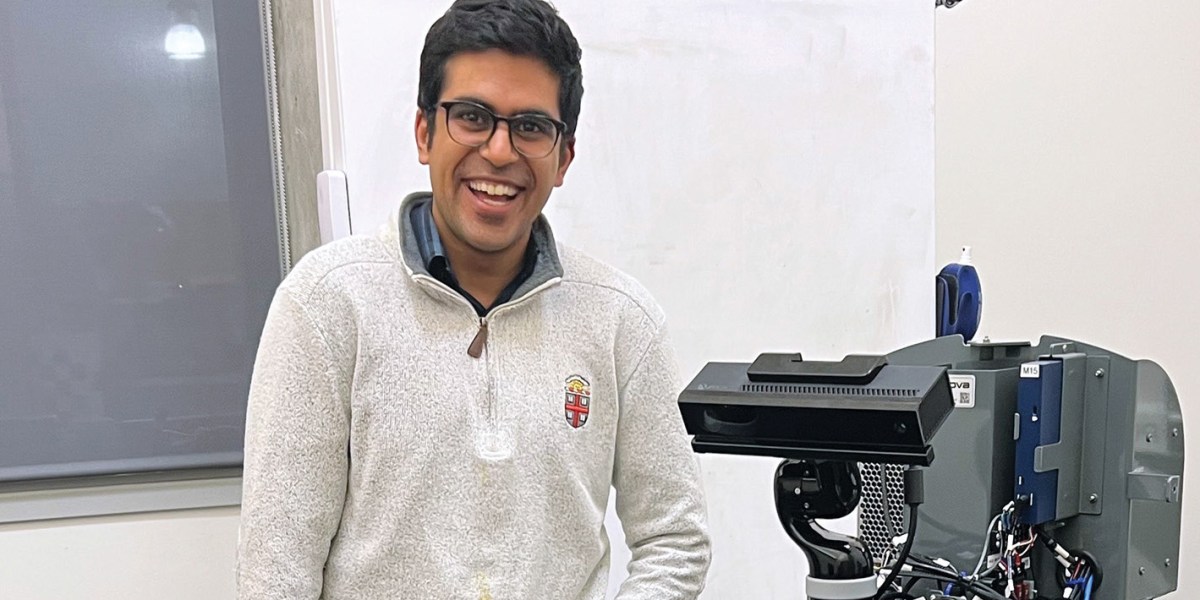
I became increasingly convinced that going to MIT was a necessary part of achieving my dreams. And yet it was not to be.
That’s one of the tricky things about long-horizon problems: the first plan you come up with often doesn’t work.
Once I got over my initial shock and disappointment, I realized that my long-?horizon goal wasn’t entirely doomed; I was accepted to several other great schools. Determined to make the best of the situation, I tried to be systematic about my decision. I created a detailed set of criteria to capture everything I thought I wanted in a college and assigned each one a weight based on importance. Then I scoured online forums, talked to current students, and even paid an in-person visit to all my options. I filled in numbers for each of my criteria and tallied a final score for every school. Unsurprisingly, those scores told me that I should choose a large technical institution rather similar to MIT. However, I realized I didn’t like that answer, because I had fallen increasingly in love with one particular small liberal arts school. I tried fiddling with the numbers in my spreadsheet, but no matter what, its score never rose to the top of the list; my criteria were simply stacked against it. Eventually, on the eve of the decision deadline, I deleted my detailed spreadsheet and followed my heart.
That’s another thing about long-horizon problems: things change as you start solving them. No matter how sure you are of your opinions ahead of time, any of them might shift in the face of new information.
As it turned out, committing to that liberal arts school ended up being one of the best decisions I’ve made. I got to study deeply technical topics, but I also got to explore interests in philosophy, contemplative practice, and even public speaking. I got to work with and learn from people who are incredibly passionate about technology and invention, but I also befriended people who expanded my horizons to fields I had not known existed. And I happened to fall in love and experience heartbreak. All in all, I had a transformative experience that has made me not only a better engineer and scientist, but also—I like to think—a better, more thoughtful, and more aware human being.
My undergraduate years also helped crystallize a path toward becoming an inventor. I got involved with robotics and AI research and realized I was extremely passionate about contributing to the dream of creating personal household robots. I met inspiring mentors who showed me that becoming a researcher in the field was a viable career option. I got to work on interesting problems in both academic and industry settings, which made me realize how much I had yet to discover about my fields of interest. In an interesting turn of events, I decided to apply to MIT’s PhD program and got accepted to CSAIL, where I now get to work on hard but important problems with passionate people on a daily basis.
Looking back, I’m always astounded by the number of ways things could have played out. I could have been accepted to MIT in high school. I could have chosen one of the other schools I was accepted to. I could have picked a different major or joined a different research group in college. I had no idea how any of these decisions would turn out, and yet each was critical to getting me where I am now. Perhaps I would have reached the same point in many of these other scenarios. Perhaps some of those versions of me would be more satisfied with their journeys than I am with mine. I suppose I’ll never know. However, I do know that I really really like this version of me and am thankful for the fortuitous, unpredictable, and sometimes painful events that got me here.
I guess that’s yet another thing about long-horizon problems: there are an infinite number of paths to solving them, but it’s never entirely clear which next step to take on any of those paths. We just have to decide in the moment, to the best of our abilities, and trust that the dots will all connect in hindsight.
Now if only I could get my robots to understand all this.
Nishanth Kumar is a second-year grad student in the Learning and Intelligence Systems Group at CSAIL, where he works on trying to make robots smarter. Outside of research, he enjoys reading and writing sci-fi, playing table tennis, and cooking spicy food.
